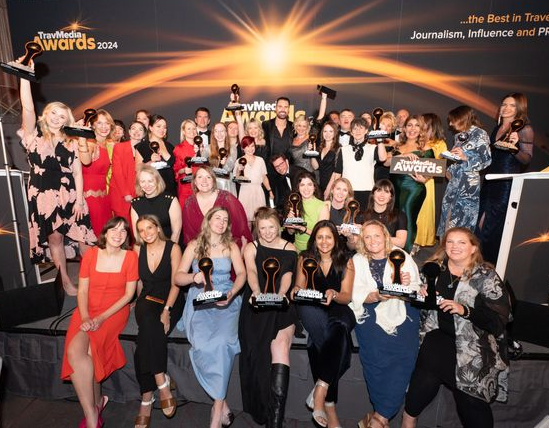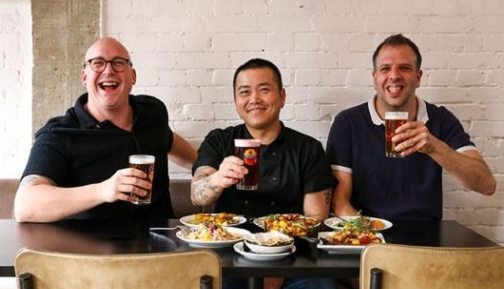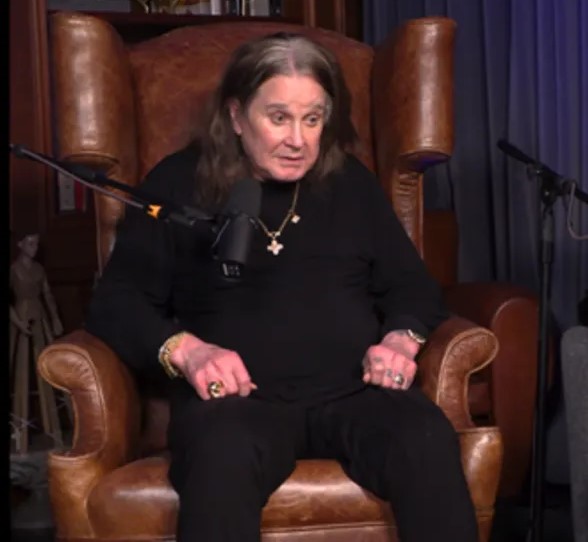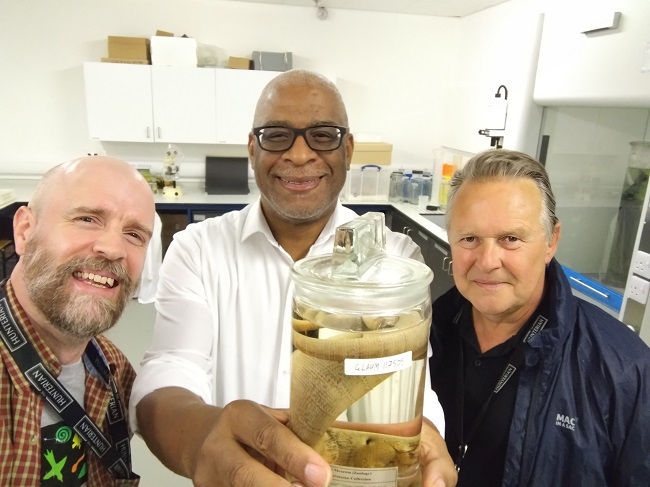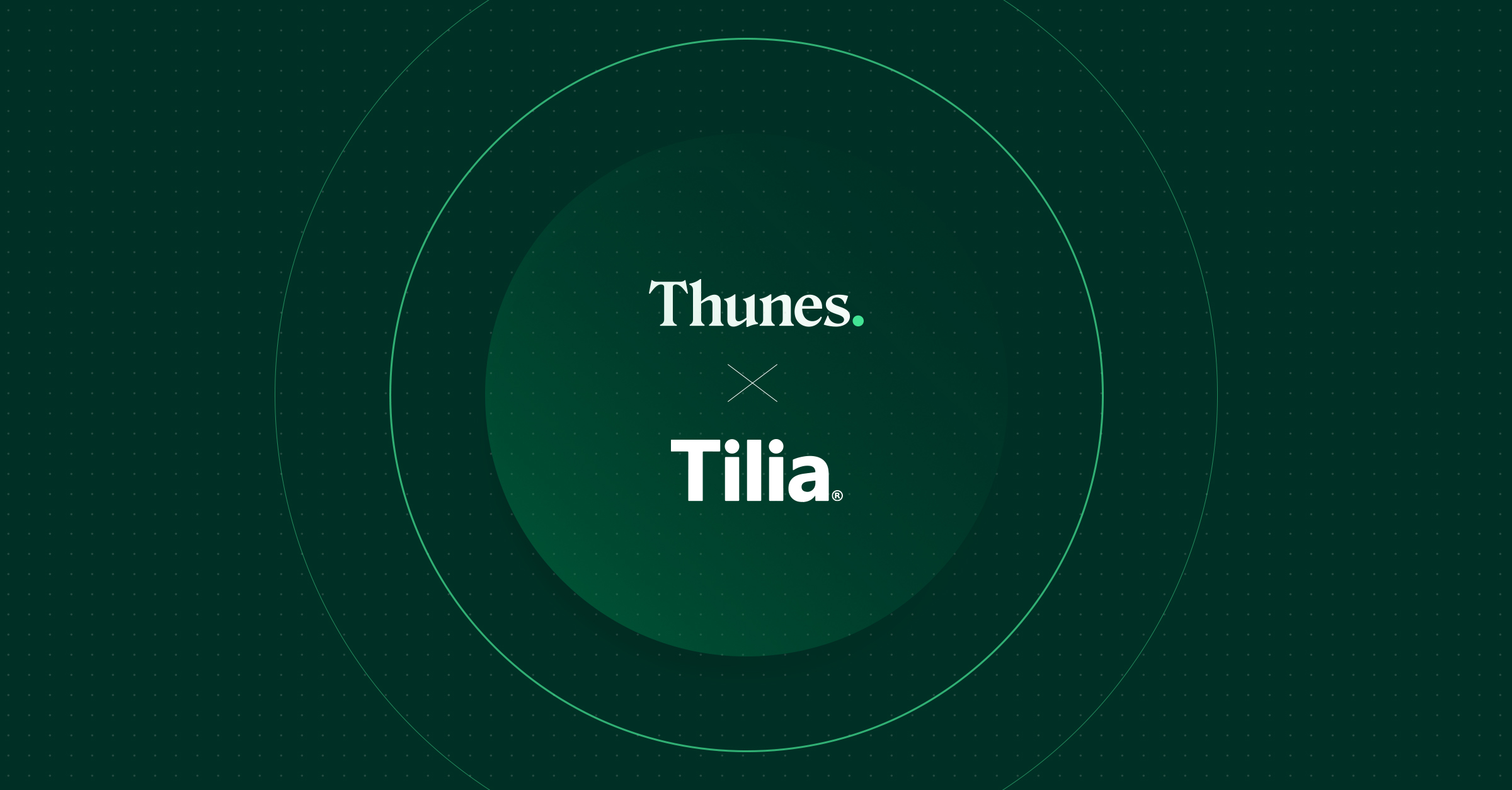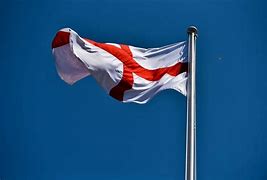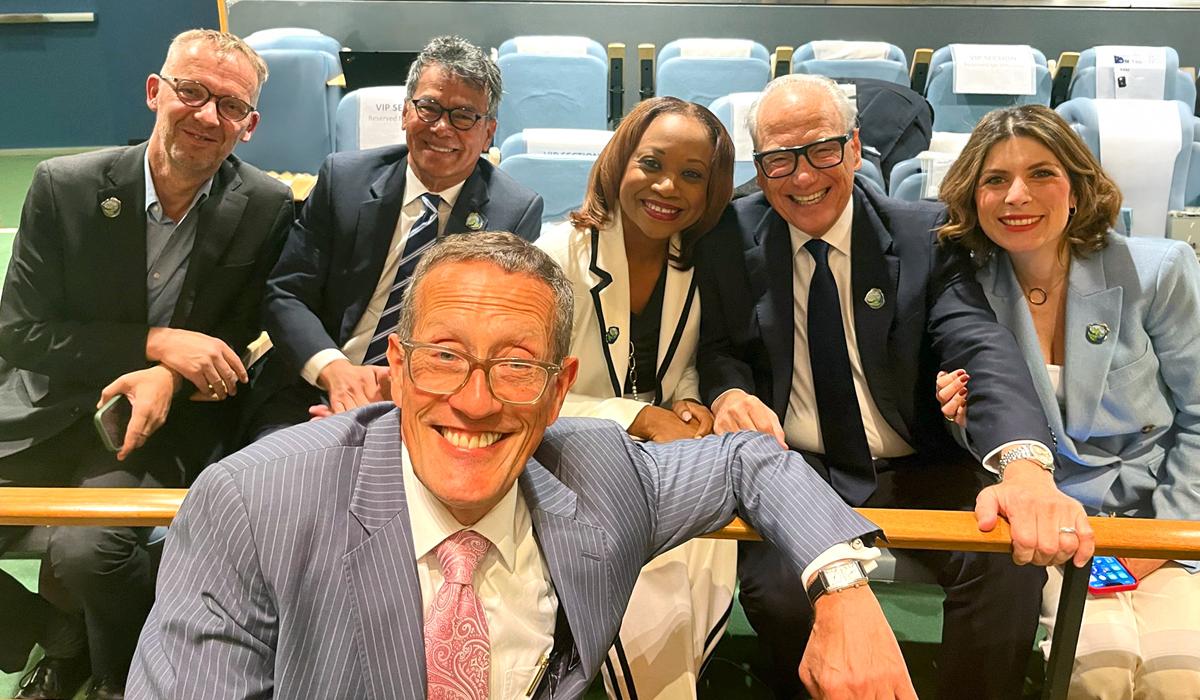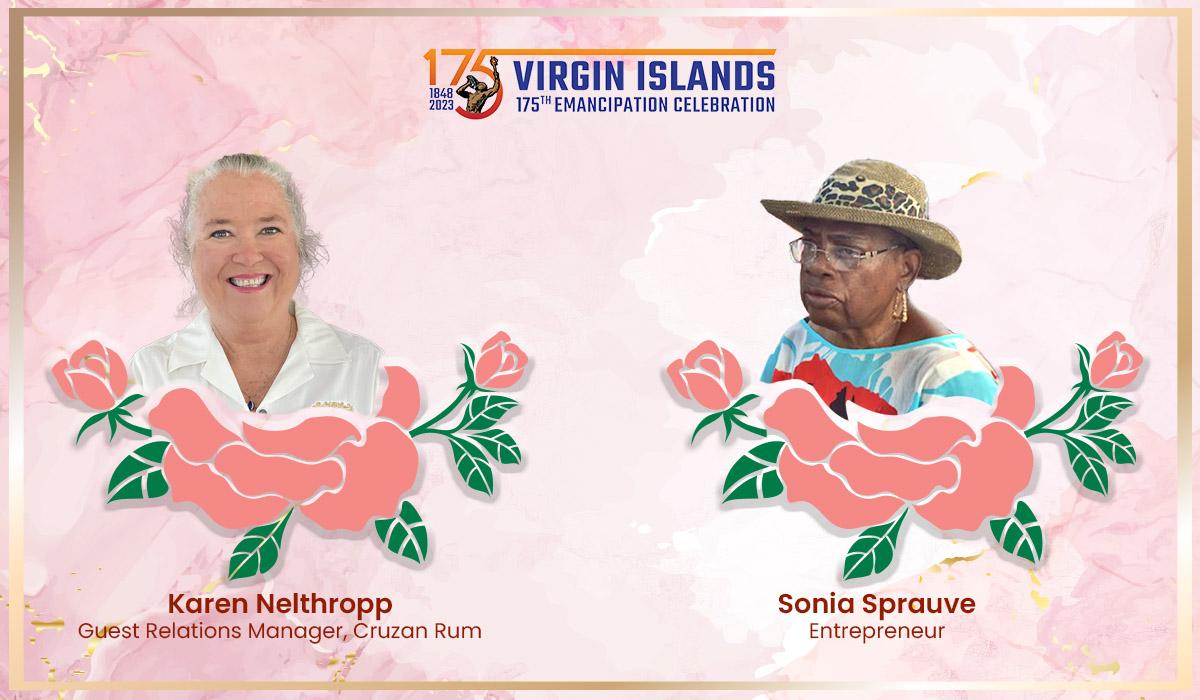Sharpen your pencils, the trend for colour therapy books is taking on a new brain teasing turn as high street giant, WH Smith, launches Querkles, a colour by numbers craft which has grabbed Australia by storm. Buoyed by promising sales of its colour therapy ranges for adults, WH Smith has branched out into challenge colouring in which budding artists develop and decipher pictures by following numbers and codes.
New challenge colouring books include the latest phenomenon named ‘Querkles’, which will launch in 400 WH Smith High Street stores in April. The aptly-named Querkles, which feature number-coded, overlapping circles positioned in a seemly random format, have been a huge hit with Australians who have taken up their pens and pencils to shade-in and create designs ranging from famous faces to our favourite animals.
Developed by New Zealand born graphic-designer Thomas Pavitte, this is the first time a major UK high street retailer has sold Querkles, thanks to the appetite for more challenging art games for adults.
Pavitte comments: ‘I’ve been really surprised by the huge range of people that have appreciated the books and that this has become a grown-up recreation. It’s made the act of being creative open to people of all skill levels – even those who would say they don’t have a creative bone in their body’.
Querkles will be joined on WH Smith shelves by childhood favourite dot-to-dot. Created by artist David Woodroffe, “Awesome Dot-to-Dot” uses a minimum of 300 dots per picture, with more than 120 intriguing visual puzzles to reveal. The retailer is also launching a licensed range of Star Wars origami.
Explains Paul Tavener, Brand Director for WH Smith High Street, “There seems to be a desire by many customers to put down their mobile devices and take up the traditional paper-based pastimes that are fondly remembered from childhood. The great news is that in the past decade, many more advanced colouring techniques and challenges have been developed which means that our customers can not only relax but also train their creative brain at the same time.”
Dr Val Huet, Chief Executive of the British Association of Art Therapists (www.baat.org) agrees and adds: ‘Colouring books have enabled many people to connect for the first time with art-making, an activity many had thought beyond their capability. It is great to see that interest in colouring books is progressing as research evidence indicates that creative activities help improve wellbeing and resilience. Books like Querkles increase the choice in ‘pen and paper’ creative techniques and will hopefully enable more people to get involved.’





